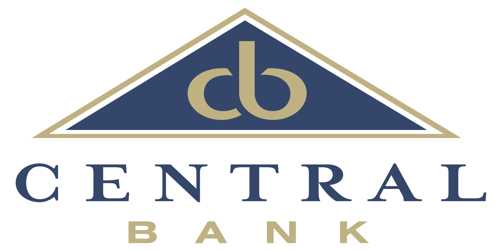The central bank is called as a lender of last resort –
The central bank is a bank which leads all banks and control money supply in the money market. In modern economies, the central bank is usually responsible for the formulation of monetary policy and the regulation of member banks.
A lender of last resort is an institution which is willing to offer loans as a last resort. Such an institution is usually a country’s central bank. In this case, we talk of a wholesale lender of last resort. A central bank offers an extension of credit to financial institutions experiencing financial difficulties which are unable to obtain necessary funds elsewhere. The main task in front of the lender of last resort is to preserve the stability of the banking and financial system by protecting individuals’ deposited funds and preventing panic-ridden withdrawing from banks with temporary limited liquidity. For more than century and a half; central banks, have been trying to avoid great depressions by acting as lenders of last resort in times of financial crisis. At first, this act provides liquidity at a penalty rate. Subsequently, through open market operations; it lowers interest rates on safe assets. And finally, this process involves direct market support.
Commercial banks usually resort to lender’s help only in times of crisis because such actions indicate financial difficulties. Loans may be granted not only to commercial banks but also to any other eligible financial institution, even private companies, which is considered highly risky.
Different institutions may act as a lender of last resort in different countries, for instance in the USA, the Federal Reserve serves as a lender of last resort. Its main purpose is to provide credit, to financial institutions that are short of reserves, prevent their bankruptcy, and avoid negative impact on the economy. As a lender of last resort, the Federal Reserve encourages member banks to borrow funds from the so-called “discount window”. The term refers to loans granted to member banks. The banks may use these bans either to meet reserve requirements or to pay for large withdrawals. In Bangladesh, the Bangladesh Bank serves as a lender of last resort. In the United Kingdom, the central bank, the Bank of England functions as a lender of last resort. In New Zealand, this role is taken by the Reserve Bank of New Zealand, its central bank. On a global level, the International Monetary Fund also serves as an international lender of last resort, taking such a role because of the recent Financial Crisis.















